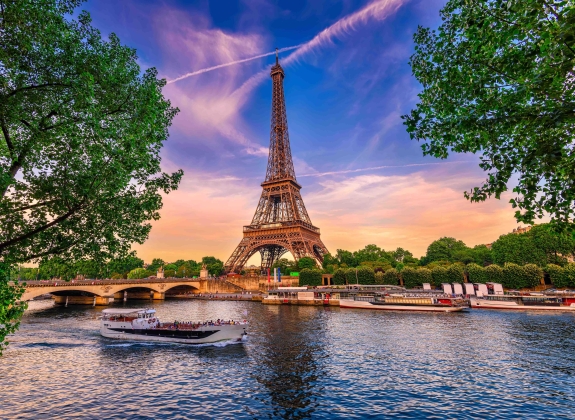Provence, a Gastronomic Experience
Foodie, the word stood out like a typo on the press packet my editor handed to me. ‘Do I consider myself a foodie?’ I wondered. ‘I eat food, I certainly enjoy food but have I earned the extra enthusiastic (albeit, slightly intimidating) “ie”?’
More importantly, could I commit to a long weekend on a foodie experience, eating food perhaps only a foodie could appreciate? I read on. A trip with Railbookers to explore the Fête de la Gastronomie – France’s National Gastronomy Festival. ‘I’ll take one for the team’ I said. Three weeks later, I was sitting with two journalists at a table on the Eurostar, the greyscale darling of the 90s with chunky seats. As we sped towards the terminus at Avignon (a new development from 2015), whole departments streamed by in minutes.
Mirroring the dawn departure of our tickets, the landscape moved from the blueish watercolours of southern England and northern France to the greens and oranges paints of Provence: from morning country into afternoon country. Roofs turned from grey to terracotta, the crops from open fields to slanted wine terraces and, almost on cue, the cabin crew brought out the rosé. Provence is famous for its light pink, crisp-tasting variety. It is easy to romanticize this part of the world. Van Gogh did it with his series of 'Wheat Fields' paintings and his better-known 'Starry Night', and he may be partly to blame for our consumption of the rustic image of Mediterranean France. While his legacy brings artsy pilgrims to Provence, the region has a creative gravitas in its own right. In fact, celebrated creatives had walked the cobblestones of every town on the itinerary: Virginia Woolf in Cassis, writer Émile Zola and artist Paul Cezanne in Aix-En-Provence and too many to count in Marseille. Maybe they had all come here for the food too.
In the world's most visited country, there is a danger that Provence sells its best features - its creative influence, its food market and cuisine culture - for mass appeal. However, Provence seems to celebrate these things for itself. Attending La Fete de la Gastronomie, we found the events were full of French chefs and French eaters. Locals crowded the food market at St Remy to get hold of sausages from the Camargue, a regional speciality made of bull meat, and salts seasoned with lavender. Another stall offended olive oil tasting - a practice becoming almost as popular as wine tasting - with glass bottles in various shades of amber. We were encouraged to try pieds et paquets, the feet and stuffed tripe of sheep, and as a palate cleanser, fluffy goats cheeses, some infused with more lavender, which had been brought and prepared by farms nearby.
Overall, the Fête gave the sense that going organic isn't a posh fad in the South of France, it's common sense. Christophe Chiavola, head chef at St Remy's Hotel de l'Image, emphasised the importance of the region's climate ti its fine food, 'In Provence', he said, 'we have three characteristics that determine the quality of our produce: the sun, the sea and the dry Mediterranean countryside.' More and more, ingredients that have been considered basic, such as tomatoes, olives, olive oil and goat's cheese, are now being thought of as 'heritage produce'. Chiavola told us that, as a rule, he only sources food within a 200 kilometres radius of his restaurant, which fortunately for him, includes most of Provence and its nearby coastline. 'In Provence we are lucky to have really good gastronomy, but this is really thanks to the artisans who make and grow the ingredients,' says Chiavola. At the base, we have good products and customers are beginning to expect good Provence specialities instead of imported ones.' With bags full of sausage, we were back on the Eurostar in too short a time. Though I still don't have the confidence to call myself a foodie, I could discern the hint of something in my complimentary biscuit. Lavender, probably.





